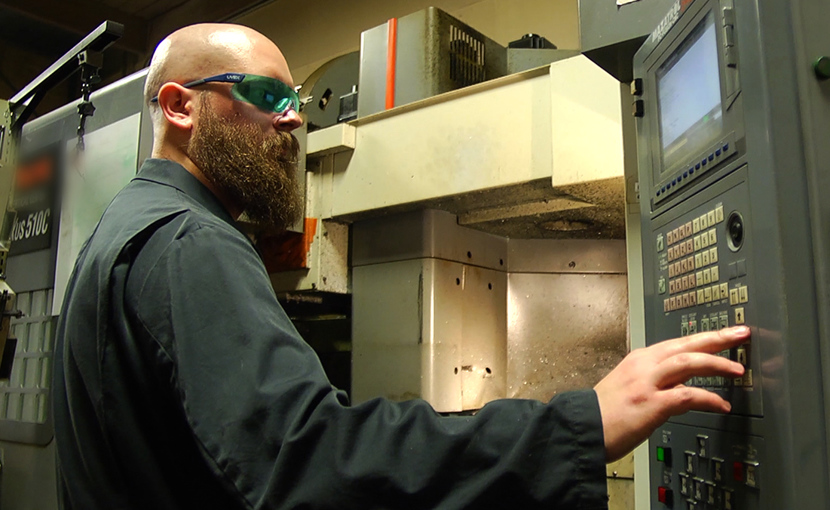Machinists work according to very precise specifications. When there are no prints or other specifications, they determine dimensions by logic or by measuring samples using instruments such as micrometers and vernier calipers. Measuring instruments or machine tools can be controlled electronically and may require skills in programming and operating.
To perform a typical machining task, machinists:
- Study specifications, charts, drawings or sample parts to determine the machining operation to be performed
- Calculate dimensions and tolerances, and prepare working sketches if necessary
- Measure and mark metal and other materials
- Set up and operate tools, which may be computer numerically controlled, to perform precision machining operations
- Fit parts to mechanisms and verify dimensions
Machinists need to have an understanding of the effects of heat treatment on metals and be skilled in heat treatment processes.
In job shops, machinists make a variety of replacement parts for different types of machinery or industrial equipment. These can range from small medical devices to heavy industrial equipment.
In production shops, machinists typically manufacture parts using automated equipment called Computer Numerical Control (CNC) machines. CNC machining, along with other machine tools, are commonly utilized for manufacturing parts in high numbers in mass production facilities.



